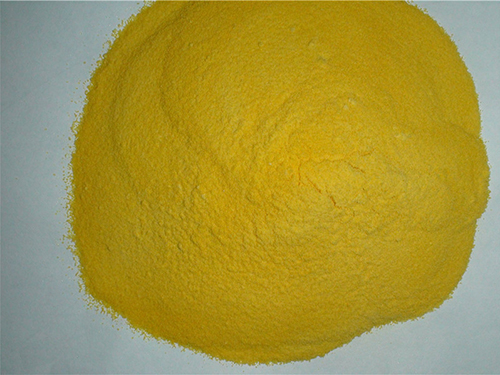Analysis of the Chemical Properties and Applications of CAS Number 8001-54-5
Understanding the Significance of CAS Number 8001-54-5 An Overview of Castor Oil
Chemical Abstracts Service (CAS) numbers are unique identifiers assigned to chemical substances, providing a systematic way to categorize and reference them. One such number, CAS 8001-54-5, corresponds to castor oil, a vegetable oil derived from the seeds of the Ricinus communis plant. Castor oil has a rich history of diverse applications, spanning from medicinal uses to industrial applications. This article aims to explore the significance of castor oil, its extraction process, properties, and its myriad uses in various sectors.
The Extraction Process
Castor oil is extracted from the seeds of the castor oil plant, which is native to Africa and the Middle East but now cultivated in many tropical and subtropical regions. The extraction process involves a series of steps, beginning with the harvesting of mature seeds. The seeds are then subjected to mechanical pressing or solvent extraction methods to obtain the oil. The resulting castor oil is pale yellow, viscous, and has a characteristic taste and odor.
Chemical Composition and Properties
The primary component of castor oil is ricinoleic acid, which makes up about 90% of its fatty acid content. Ricinoleic acid is a monounsaturated, hydroxylated fatty acid that imparts unique properties to castor oil, such as its antibacterial and anti-inflammatory effects. In addition to ricinoleic acid, castor oil contains other fatty acids in smaller quantities, including oleic acid and linoleic acid.
Castor oil is known for its high viscosity, and it is soluble in alcohol and other organic solvents. Its unique chemical structure allows it to be used effectively as a lubricant, making it a valuable resource in various industrial applications. Moreover, the presence of hydroxyl groups in ricinoleic acid contributes to its hydrophilic properties, which enhances its ability to attract moisture, making it an excellent ingredient in skincare formulations.
Uses of Castor Oil
cas number 8001 54 5

The versatility of castor oil is evident in its numerous applications. In the pharmaceutical industry, castor oil has been employed as a laxative due to its ability to stimulate bowel movements. It is also used as a vehicle for drug delivery, enhancing the solubility and absorption of certain medications.
In the cosmetic and personal care industry, castor oil is a popular ingredient in lotions, creams, and hair care products. Its moisturizing properties help alleviate dry skin and promote hair growth. Additionally, it is often used as a component in lipsticks and other makeup products due to its emollient qualities.
In the industrial sector, castor oil serves as a raw material for the production of bioplastics, coatings, and adhesives. Its high viscosity and stability make it suitable for use as a lubricant in machinery and equipment. Furthermore, castor oil is utilized in the manufacture of biofuels, contributing to the growing interest in sustainable energy sources.
Health Benefits and Precautions
While castor oil offers various health benefits, it is important to use it cautiously. Ingestion of large amounts can lead to adverse effects such as nausea, diarrhea, and abdominal cramping. Pregnant women are often advised to avoid castor oil, as it can stimulate uterine contractions.
Furthermore, those with allergies to castor oil or its derivatives should exercise caution. When applying castor oil topically, it is recommended to conduct a patch test to check for allergic reactions.
Conclusion
In summary, CAS number 8001-54-5 represents castor oil, a remarkable substance with a wide range of applications in medicine, cosmetics, and industry. Its unique chemical composition, primarily consisting of ricinoleic acid, contributes to its versatility and effectiveness in various formulations. As more industries strive for sustainability, the demand for castor oil and its derivatives is expected to increase, solidifying its place as a valuable resource in today's world. Understanding castor oil's properties and uses not only highlights its significance but also encourages responsible usage to harness its benefits effectively.
-
Pbtc Scale InhibitorPBTC: A Scale Protector for Industrial Water TreatmentNewsAug.05,2025
-
Organic Phosphonate: An Efficient Defender in the Field of Scale InhibitionNewsAug.05,2025
-
Hydrolyzed Polymaleic Anhydride: Green Pioneer in Scale Inhibition FieldNewsAug.05,2025
-
PAPEMP Polyamino Polyether Methylene Phosphonic Acid For SaleNewsAug.05,2025
-
Flocculant Water Treatment: A Pioneer in Purification in the Field of Water TreatmentNewsAug.05,2025
-
Benzyl Isothiazolinone: An Efficient and Broad-Spectrum Antibacterial Protective GuardNewsAug.05,2025





